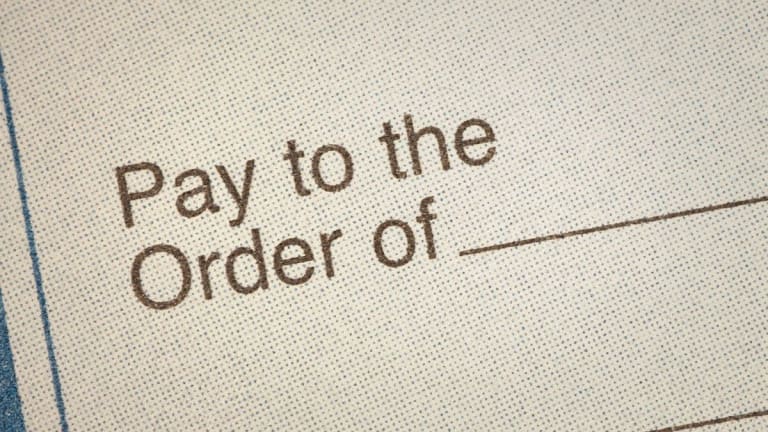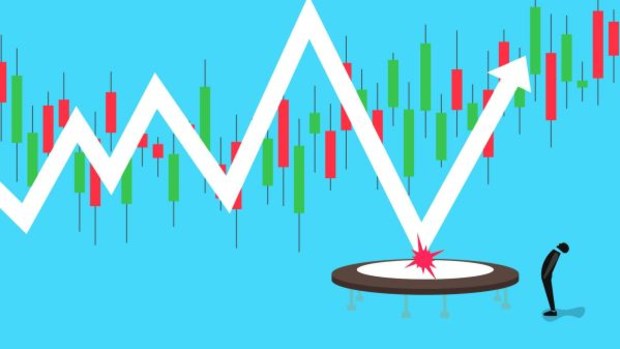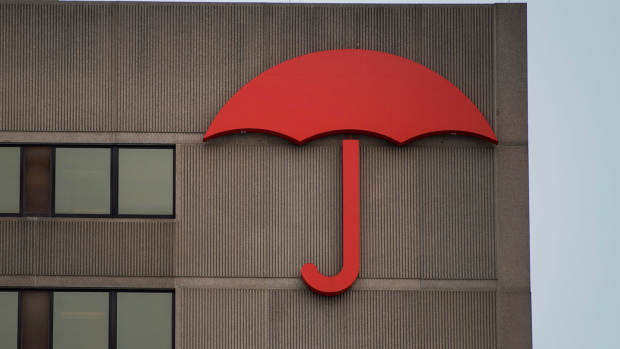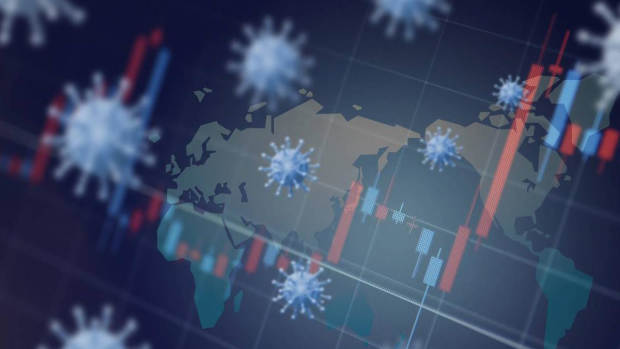
What Is an E-Check and How Does It Work?
An e-check is a way for individuals and businesses to make payments from their checking account electronically. This method can offer a number of advantages for both those making and those receiving these payments.
What Is an E-Check?
An e-check is essentially an electronic payment from your checking account. In order to use an e-check you will need to have the bank's routing number, your checking account number and of course your name as listed on the account.
E-checks and electronic payments are commonly used to make online payments. When shopping online or making a payment such as to your credit card company, a payment to the IRS or for your mortgage, its common to have the option to make an electronic payment directly from your checking account using this information.
Among the advantages to this method of payment include speed of processing and an electronic record of your payment. Once you make an e-check payment, you typically get a receipt almost immediately that you can print or save as a PDF file. Most payees also provide the option to receive an email confirmation.
E-checks and electronic payments can be used by both individuals and businesses. On the business side there are actual electronic checks that appear in the form of a check. For individuals, using your checking account information to make electronic payments is more common.
With an e-check, payments are withdrawn from your checking account and transferred electronically to the payee via the ACH network. E-checks and electronic payments typically take 24-48 hours to clear the payer's bank and for the funds to show up in the payee's bank account.
This quick timing is beneficial for both parties to the transaction. For the payor, there are long periods of float that can occur when a paper check is mailed. They have mailed the payment, but the funds remain in their account. For individuals or businesses who don't balance their accounts or keep close tabs on their checking account, this can result in an overdraft if they forget about this payment and overspend their account.
The payee also likes the fact that they don't have to wait for the check to arrive via the mail and then wait for the normal check clearing process for a paper check. They need to deposit the check to their bank and then the bank sends it through the check clearing process. Typically, the payee will receive their funds more quickly than by a paper check improving their cash flow and allowing them to use this cash sooner.
Why Use E-Checks?
When you mail a check for the payment of a bill, you have to wait for the check to arrive and then be processed by the company you are paying. None of us has any control over the speed of the mail, and different companies and organizations may process check payments faster or slower than others. The end result might be that a payment that you thought was mailed and would be on time ends up being late. Additionally, if your paper check payment ends up getting lost in the mail you could be in for major problems.
As a practical matter, using an e-check or electronic payment reduces your cost for paper checks. While the cost varies a bit by bank and by supplier, anyone who's ordered them lately knows they are relatively pricey.
If you mail a check as payment for a bill, there is the cost of postage. Not a huge cost, but if you mail in a lot of payments via paper check the cost of postage can add up over the course of a year. Some estimates peg the overall cost of using a paper check at about $1 with the cost of an e-check at about 10 cents.
Its important to know that e-checks and electronic payments can bounce. Since the money is not taken from the payee's bank account instantly, the payment can bounce just as with a traditional paper check. There may be a fee or penalties assessed against the issuer of the e-check or the electronic payment just as with a bounced paper check.
For those who wish to, there are some instances where an e-check, as opposed to an electronic payment using the payor's bank account, can be cashed. Some options can include the payor's bank if they are willing to do so, or perhaps a local check cashing location. Certainly, in the latter case there will be a fee charged for this service. This begs the question why would someone want to cash an e-check versus just getting the cash from their bank account?
What Types of Payments Can Be Made With E-Checks?
E-check and electronic payments can be made to anyone who accepts them. As mentioned above, the IRS accepts them. I just renewed my vehicle license plate via e-check here in Illinois where I live.
E-checks work well for recurring payments. Some examples include:
- Mortgage payments
- Health club memberships
- Auto loan payments
- Rent payments
- Credit card payments
In some cases, it's not uncommon to either be given the option to set up a recurring payment from your checking account for some bills. This is not uncommon among landlords for their tenants, in fact some properties make this a requirement of renting. The monthly rent will be deducted from the tenant's checking account on the same date each month.
Are E-Checks Secure?
With anything done electronically or online there are always security concerns. Sadly, online criminals and hackers are becoming more sophisticated all the time. We hear about data and security breaches of one sort or another on a regular basis.
That said, e-checks and electronic payments are generally considered to be secure, more secure than physical checks in many cases. This is because there is no physical document to intercept. Over the years, thieves have found ways to use physical checks in a number of ways to commit fraud and identity theft.
With e-checks there are a number of steps used to authenticate payments and authenticity throughout the process. These added layers of security help both parties to the transaction.
E-checks and electronic payments are here to stay and will certainly evolve over time. Both individuals and businesses will increasingly continue to make payments in this fashion. It pays to be sure you understand how this process works both as a payor and as a payee.
Introducing TheStreet Courses:Financial titans Jim Cramer and Robert Powell are bringing their market savvy and investing strategies to you. Learn how to create tax-efficient income, avoid mistakes, reduce risk and more. With our courses, you will have the tools and knowledge needed to achieve your financial goals. Learn more about TheStreet Courses on investing and personal finance here.




